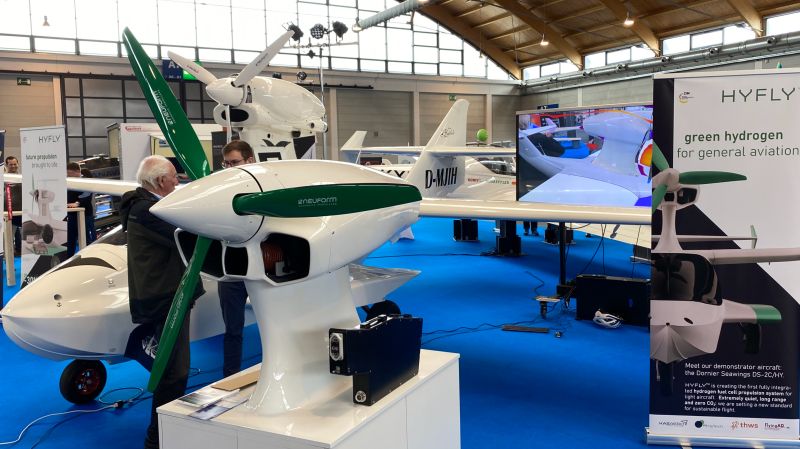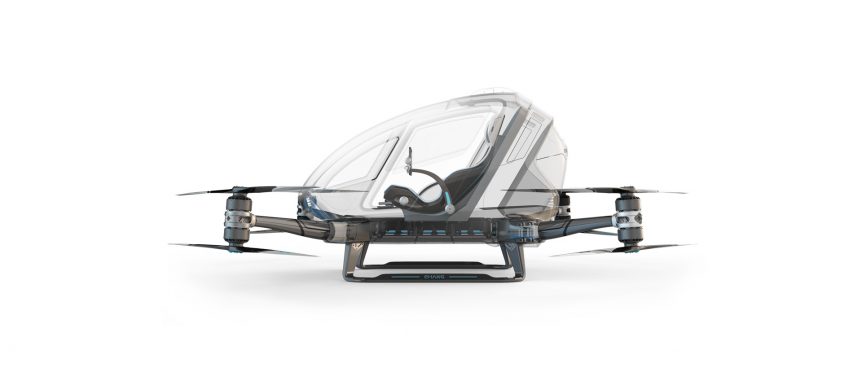What happens when a major aircraft company buys an interesting seaplane and repowers it with hydrogen? Dornier, a long-time German producer of often brilliant aircraft, acquired the rights to a two-seat amphibian, the Flywhale FW650, as of January 1, 2022. Originally powered with a Rotax engine, the craft will be repowered with an electric motor and a variety of possible battery, hydrogen, or hybrid power sources. Redesignated the Dornier DS-C2, it becomes part of the Seawings division and could live not only in the world of unlimited runways, but become a true eVTOL (electric Vertical Take Off and Landing) airplane, the DS-2C-X. The standard Light Sport Aircraft configuration can carry two at 250 kilometers per hour (155 mph), over a distance of 1,000 kilometers (620 miles) – impressive enough. It can operate in sea states up to 2 (Sea state 2 includes waves of 0.6 to 0.9 feet and winds up to 8 to 10 knots, or 9.2 to 11.5 mph.) …
Restarting the Blog with Bad News – and Some Hope
Your editor is back in action (in slow motion) having experienced two holes in his stomach, patched neatly by modern medicine and skilled practitioners. All is reasonably well and getting better. Certainly better than two well-publicized battery fires. The Bad News Coming out of the recent fog, your editor received an email from Karl Kaser (Kasaero) with dreadful news. One of two Lilium prototypes had burned, somewhat similar to the recent loss of the Eviation Alice in Prescott, Arizona. Battery fires are of great concern for the future of the emerging industry. A podcast on the company claims the firm is the, “Best funded air taxi startup in the world,” with 100 million Euros in venture capital riding on its success. Up to that point in late 2019, Lilium’s worst day was when a co-founder flew a small 3D-printed prototype into a tree. They have since been surpassed in funding because of Joby’s recent near-unicorn windfalls. This comes as a …
Too Late for Boxing Day*, Ehang Delivers the Goods
Broadcast live on December 24, this demonstration of the eHang 184 is, interestingly, an English-language presentation, with a lot of English names floating about. Someone named Mike shows off the Ehang 184 in this Christmas-related special. His friend Miranda snugs herself into the compact passenger compartment, tries on the safety harnesses, and deplanes before committing aviation. The video is a sales pitch for the drone manufacturer – actually more of a long wind-up before a pitch into the air. Mike takes us through a tutorial on the craft, which seats one passenger and has eight propellers that are mounted on four arms (one-eight-four, or 184). The rather ungainly entrance and exit of the petite young woman suggests possible improvements eHang’s designers might make in the otherwise swoopy-looking gull-wing doors. They might also consider how to protect the unwary from the knee- and ankle-high 1.6 meter (5.25 feet) propellers. One hopes the designers have incorporated a safety propeller stop system such as …
Avoiding Propeller Strikes on Electric Aircraft
At last year’s Electric Aircraft Symposium, Ron Gremban, developer of the Prius plug-in hybrid, shared several questions about promoting safety in electric aircraft. One aspect that provoked deep thought was that of safety for those working around an electric airplane, whose propeller could start quietly and possibly strike an unaware bystander. During the Green Flight Challenge, it was noteworthy that unlike their gasoline-powered counterparts which idled while awaiting takeoff, the Pipistrel G4 and e-Genius awaited their turn to launch with propellers at rest, only spinning when commanded – and very quietly at that. The question of avoiding prop strikes found at least one answer at EAS VII. Karl Kaser demonstrated, in model form, his ePropeller Safety Device (eSD), noting “the risk to people, animals or objects in the propeller disk area and that they can be injured or damaged accidentally during the run-up of the propeller.” He first noted that issue in the case of e-Genius, on which he was …


